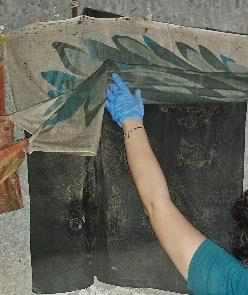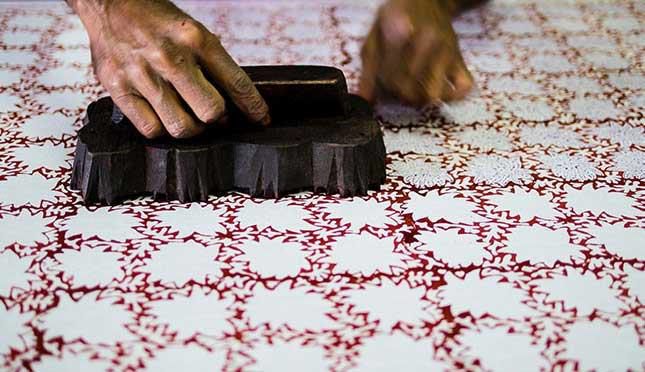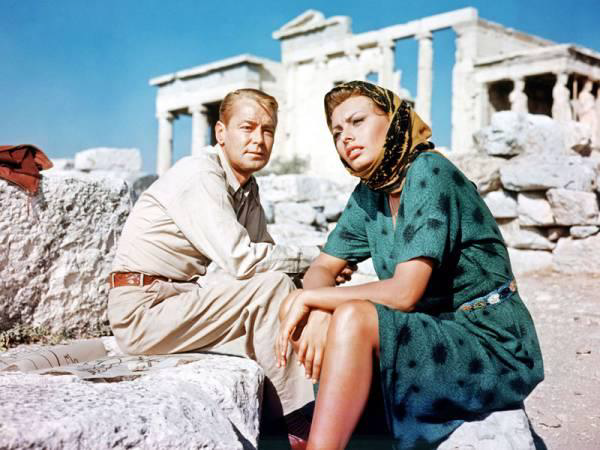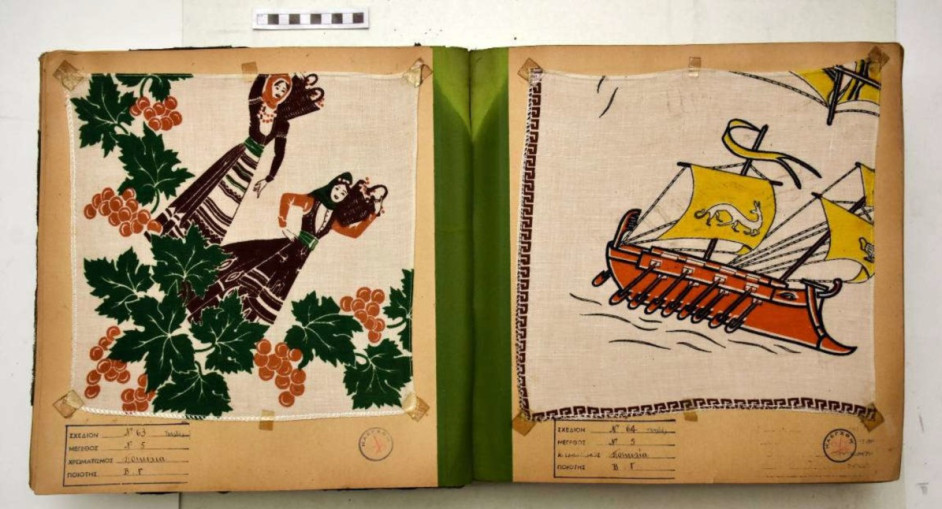The building, owned by the Ministry of Foreign Affairs, is being restored by the competent services of the Ministry with resources from the Recovery Fund and completion is scheduled for the end of 2025
The history of the Greek Handkerchief Craft begins in Syros, in 1879 with the Oikonomopoulos family. In 1898, BEM was moved to Athens, to the plot of land at Plataion 38 and Sfaktiria, where it operated continuously until the end of the 90s. In 1995, as a whole – the property with its mechanical and mobile equipment – was classified as a historic preserved monument by the Ministry of Foreign Affairs. Today, the Ministry of Culture is proceeding with the establishment of the “Handkerchief-Museum of Stamped Fabric”, in the building of the Greek Handkerchief Craft (BEM) in Metaxourgeio. The building, owned by the Ministry of Foreign Affairs, is being restored by the competent services of the Ministry with resources from the Recovery Fund, a total budget of 7,600,000 euros and a completion date of the end of 2025. The “Handkerchief” will function as an annex of the Museum of Modern Greek Culture (MNEP). .
The Minister of Culture, Lina Mendoni, said: “The redefinition and development of Greek handicrafts, as a form of modern production activity, through the revival of traditional techniques, contributes to the national implementation of the UNESCO Convention for the Safeguarding of the Intangible Cultural Heritage, utilizing older techniques and knowledge, in the context of soft and innovative actions. The Craft of Greek Handkerchiefs is a valuable witness of the development in Greece of the art of printing and dyeing and the transition from stamping with wooden forms to the technique of silk-screen printing. The mechanical equipment and objects – dies, unique designs, ancestral recipes and handkerchiefs dyed with the black, indelible color of aniline – that have been rescued, compose a distinct traditional technical ensemble that is preserved and highlighted holistically and with the use of modern observational means. With the restoration and reuse of the building complex, adapted to its new functions and the rescue of its mobile equipment, in addition to its museum use and the preservation of the traditional workshop, we highlight this original treasure with a modern look, which also concerns the rescue of a traditional technique and economy. The new cultural and museum space will be a hive of highlighting and reviving the traditional technique in the production of printed handkerchiefs, while the placement of a new cultural cell in the historical center of Athens contributes substantially to the upgrading of the wider area”.
In 1999, its mechanical and other mobile equipment, including mobile objects, which were part of the craft production, was granted by the State Real Estate Company (KED) to the Ministry of Culture. In 2000, the YPPO purchased the laboratory’s mechanical and mobile equipment. As part of the preliminary work on the premises of the industrial complex, parts of the mobile equipment and facilities that had been preserved on the factory site were identified, such as a drying room, a dyeing room, an office, a chemistry room, a sewing room, a storage area marked “archive”, a drying room and an inner courtyard . The central idea that runs through the museological reasoning is the evolution of the printing and painting art in the Greek area, on the occasion of the narration of the history of BEM, framed by parallel actions in the corresponding areas of the building complex. At the same time, its contribution to the preservation and revitalization of printing and dyeing know-how is highlighted, in accordance with the principles of the UNESCO Convention. The majority of the physical exhibits in the museum exhibition come from the objects found on site and which make up the BEM collection and which have been recorded and included in the collection of the Museum of Modern Greek Culture. It is planned, point by point, to utilize specific related objects from the permanent collections at the MNEP. The physical exhibits will be framed by original digital material, connecting the history of the craft with the present of the place, shaping the conditions for the utilization of the cognitive, historical, technical and visual stock. The visitors’ route to the site is circular: The entrance is located on Sfakterias street. The visitor’s tour continues in the semi-outdoor area with the in situ mechanical equipment and continues in the excellently sheltered permanent museum exhibition and in the areas of the multiple activities. Exit is through the sales office.
The exhibition is structured in seven sections that include the reception, the history of the craft and its commercial activity, the presentation of the production methods, the raw materials, the mechanical means but also the building shell, the history and uses of the handkerchief, and finally an extensive reference to handkerchief designs. It is particularly interesting that special mention is made of the motifs created by Giannis Tsarouhis, following Dora Stratou’s prompting.
The creation of:
- Tactile route, so that the museum can be accessed by people with reduced vision, with 3D floor plans of the building and work areas, relief designs of handkerchiefs and information written in Braille,
- Sale, with objects inspired by the Museum’s exhibits and motifs,
- Textile craft workshop and educational programs, multi-purpose room for lectures, art and fashion events,
- Space for researchers,
- focus area,
- Screening room (films, documentaries), on the roof.
Source :Skai
I am Frederick Tuttle, who works in 247 News Agency as an author and mostly cover entertainment news. I have worked in this industry for 10 years and have gained a lot of experience. I am a very hard worker and always strive to get the best out of my work. I am also very passionate about my work and always try to keep up with the latest news and trends.














